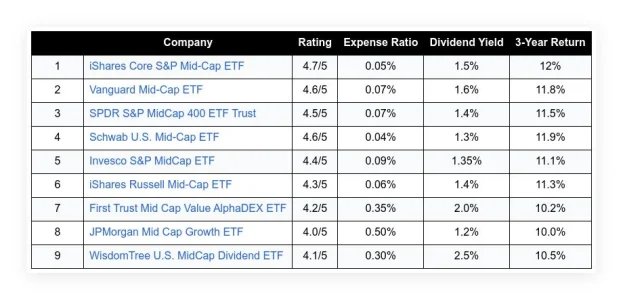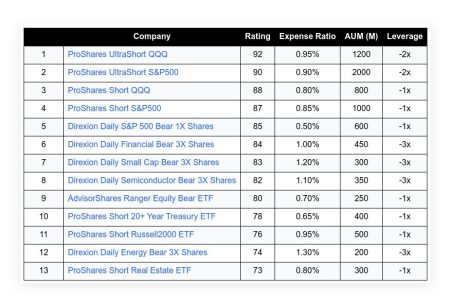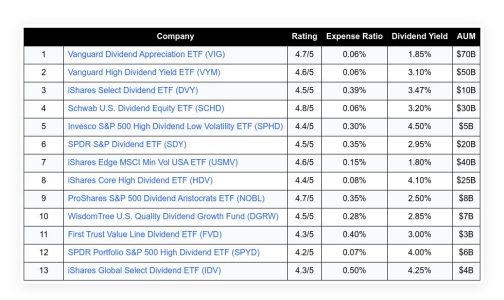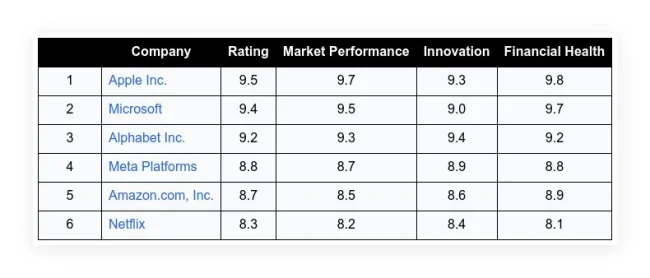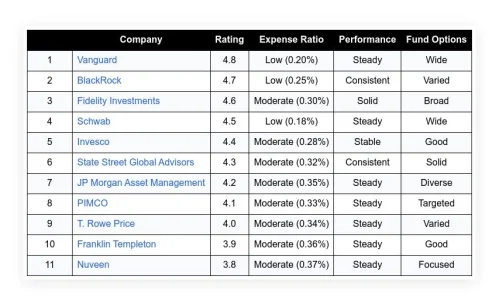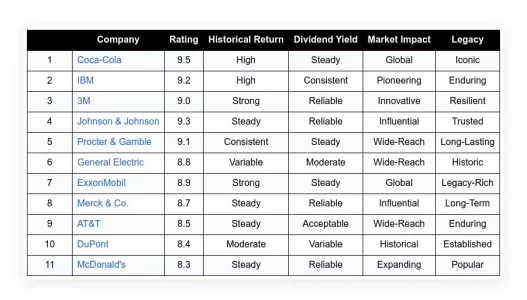Table of Contents
ToggleInflation and the consumer price index
The Federal Reserve meeting began with the unveiling of the Consumer Price Index (CPI) – a tool used to measure the average change over time in the prices paid by urban consumers for a market basket of consumer goods and services. The CPI for May revealed that inflation did not increase, a result that surpassed the expectations of many market analysts. This encouraging inflation report played a significant role in the initial surge of the stock market.
Federal Reserve Chairman, Jerome Powell, described the inflation report as surpassing almost everyone’s expectations. This statement highlights the critical role inflation plays in the economy. Inflation is a key economic indicator that central banks keep a close eye on. When inflation is kept in check, it can lead to economic stability, which in turn, is beneficial for the stock market.
View this post on Instagram
A post shared by Taylor Sohns – CFP®, CIMA®, MBA – Finance (@lifegoalinvestments)
Interest rate projections
The Federal Reserve also shared its interest rate projections for the year. Contrary to expectations in March, when the Fed anticipated cutting interest rates three times, the new projection indicated only one rate cut. This revised projection dampened the initial enthusiasm in the market, causing the surge to cool down.
Interest rates are a vital tool for central banks to control inflation and stimulate economic growth. Lower interest rates can stimulate spending in the economy and boost economic growth. However, they can also lead to higher inflation. Therefore, the decision to cut rates only once indicates the Fed’s cautious approach towards managing the delicate balance between stimulating growth and controlling inflation.
Wage growth and inflation
One comment by Jerome Powell that did not sit well with the market was about wage growth. Powell stated that wage growth is still above a sustainable path to bring inflation back down to 2%. This statement implies that wages need to come down to achieve the desired inflation rate.
Wage growth is a double-edged sword. On one hand, it increases the purchasing power of consumers, leading to increased demand for goods and services, which can stimulate economic growth. On the other hand, if wage growth outpaces productivity growth, it can lead to inflation. Therefore, the Fed’s stance on wage growth reflects its commitment to maintaining inflation at the target level.
The Federal Reserve’s patient approach
The Federal Reserve’s approach, as indicated by the outcomes of the meeting, is one of patience. The central bank seems content to wait and see how the economy evolves before making any drastic changes to its monetary policy. This approach is prudent given the current economic climate, characterized by uncertainty due to factors such as the ongoing global pandemic.
Despite the revised interest rate projections, there is still a high chance that the Fed will cut rates later this year. This possibility is based on the assumption that the central bank will continue to monitor the economy closely and adjust its policies as necessary to maintain economic stability.
Conclusion
The recent Federal Reserve meeting provided valuable insights into the current state of the U.S. economy and the central bank’s monetary policy. The outcomes of the meeting, including the inflation report, interest rate projections, and comments on wage growth, had a significant impact on the stock market. The Fed’s patient approach indicates its commitment to maintaining economic stability while carefully managing the delicate balance between stimulating growth and controlling inflation. As the year progresses, it will be interesting to see how the Fed adjusts its policies in response to the evolving economic landscape.
Frequently Asked Questions
Q. What is the Consumer Price Index (CPI)?
The Consumer Price Index (CPI) is a tool used to measure the average change over time in the prices paid by urban consumers for a market basket of consumer goods and services.
Q. How does inflation affect the economy?
Inflation is a key economic indicator that central banks keep a close eye on. When inflation is kept in check, it can lead to economic stability, which in turn, is beneficial for the stock market.
Q. What is the role of interest rates in the economy?
Interest rates are a vital tool for central banks to control inflation and stimulate economic growth. Lower interest rates can stimulate spending in the economy and boost economic growth. However, they can also lead to higher inflation.
Q. How does wage growth affect inflation?
Wage growth is a double-edged sword. On one hand, it increases the purchasing power of consumers, leading to increased demand for goods and services, which can stimulate economic growth. On the other hand, if wage growth outpaces productivity growth, it can lead to inflation.
Q. What is the Federal Reserve’s approach towards the economy?
The Federal Reserve’s approach, as indicated by the outcomes of the meeting, is one of patience. The central bank seems content to wait and see how the economy evolves before making any drastic changes to its monetary policy.
Q. What were the outcomes of the recent Federal Reserve meeting?
The outcomes of the meeting, including the inflation report, interest rate projections, and comments on wage growth, had a significant impact on the stock market. The Fed’s patient approach indicates its commitment to maintaining economic stability while carefully managing the delicate balance between stimulating growth and controlling inflation.










